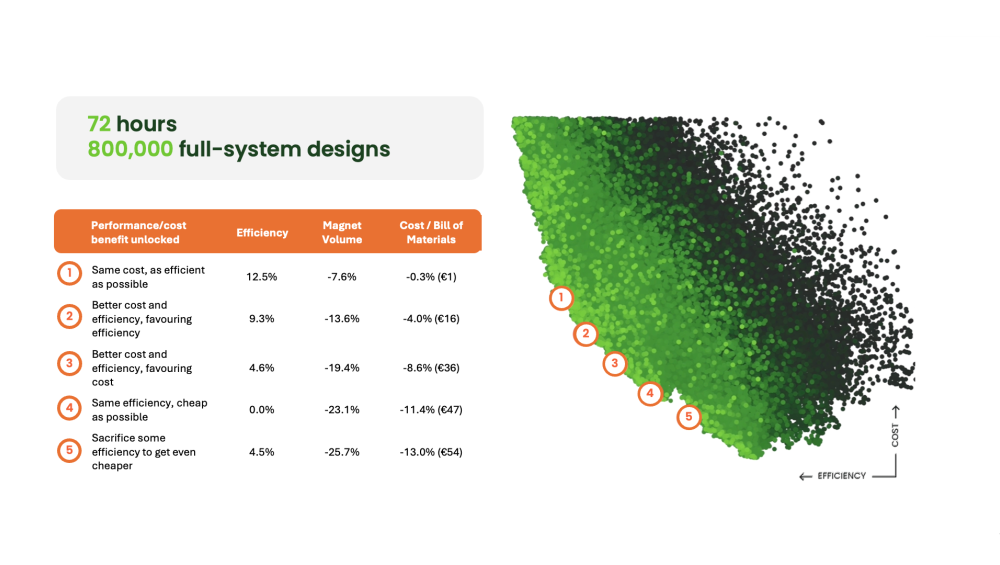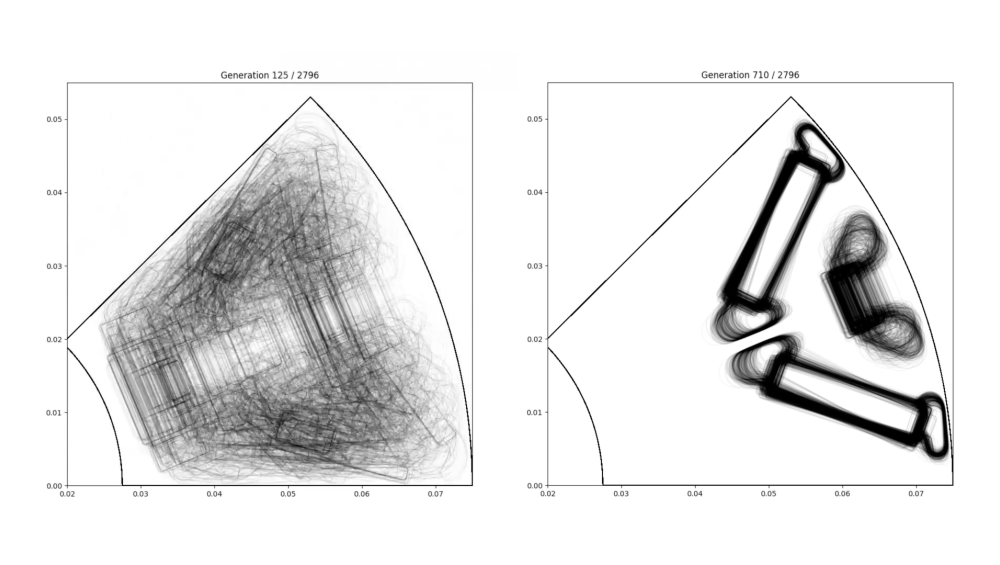 blogs
blogs
Latest at Monumo
Latest on LinkedIn
Follow us on LinkedInIndustrial AI is where Britain should place its bets...
Here's a link to our chairman, Martin Frost's, latest thoughts on where investment in AI makes most sense, as featured in FT Adviser:
https://lnkd.in/erjZ-Q5R
#industrialAI #AIEnginerring #DeeptTech
A huge thank you to the CTI SYMPOSIUM - Automotive • Powertrain • Systems team - Sylvia Zenzinger, Svenja Palm, Malte Jaensch and everyone involved - for an outstanding event in Berlin this week.
It was great to introduce Monumo to so many innovators and industry leaders. Across every conversation, a consistent theme emerged: Europe must find ways to reduce cost, move faster, and fully leverage AI if it’s going to stay competitive in the next era of mobility and engineering.
That’s exactly where #IndustrialAI comes in. Not only AI for managing textual requirements and data - but engineering-grade AI capable of delivering measurable results in the physical world.
At Monumo, we’re already proving what’s possible:
- Cutting BOM costs
- Accelerating development cycles from months to days
- Enabling engineers to explore radically larger design spaces with confidence
We’re proud to be at the forefront of this shift and excited to help more organisations unlock these capabilities.
Thanks again to CTI for the platform and the conversations - and to everyone who joined our session or stopped by to speak with the team.
Simon Shepherd Michael Horne
#CTISymposium #CTI_Sym
🚘 EV milestone in the UK: Electric cars now account for over a quarter of all new vehicles sold.
Fresh data shows a major jump in adoption – suggesting that EVs are no longer a niche segment, but a central pillar of the UK automotive market. It’s big news.
But it also puts new pressure on the engineering ecosystem behind every EV on the road.
Does rising EV demand expose gaps in today’s EV powertrain development process?
Full Independent story in the comments. 👇
#ElectricMotorDesign #EVMarket
Press Kit
To make life easier for our friends in the media, please find a selection of images for you to use.
For press-related queries, contact press@monumo.com.
Available downloads

